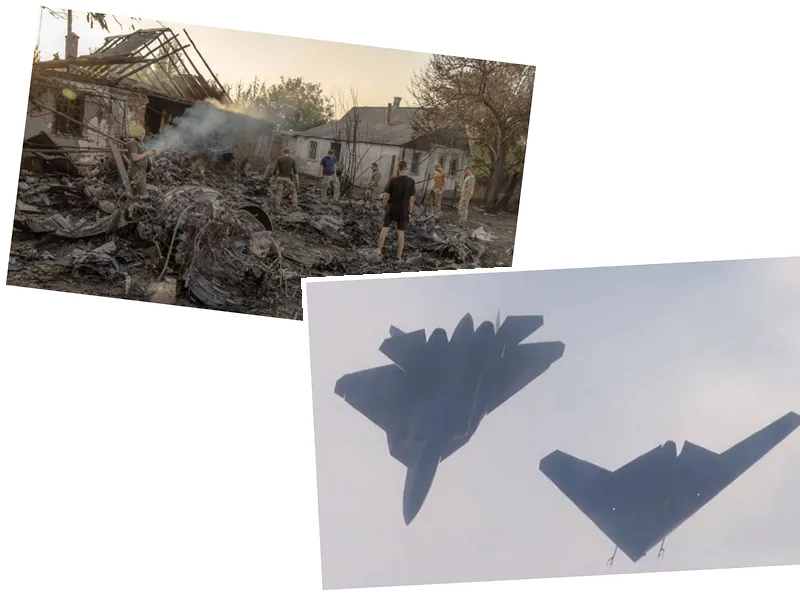The attacks by Ukraine on Russian military airfields signify a strategic shift aimed at crippling Russian air power, potentially altering the dynamics of the conflict.
The valorization of resistance fighters like Ibrahim Haidar in Lebanon illustrates the deep-seated sentiments of nationalism and resistance against perceived oppression, which can galvanize public support and influence regional politics.
As Ukraine continues to target Russian military assets, we may see an escalation in retaliatory measures from Moscow, potentially leading to a more intense phase of the conflict.
The glorification of individual fighters in Lebanon could inspire further acts of resistance against Israeli forces, potentially escalating tensions in the region.
Ukraine Strikes Russian Air Force Amid Ongoing Conflict
In a significant escalation of hostilities, Ukrainian forces launched a targeted attack on a Russian military airfield over the weekend, aiming to disrupt Russia's air capabilities in the ongoing war. The assault, which took place at the Lipetsk-2 military airport, reportedly targeted critical infrastructure housing various Russian fighter jets, including Su-34, Su-35, and MiG-31 models. According to Ukrainian military officials, the operation was part of their broader strategy to undermine Russian military operations.
The attack comes despite a ban on Ukraine using Western-supplied long-range missiles to strike Russian territory. Nonetheless, Ukraine has persistently engaged Russian military assets across the border, employing long-range drones to execute these missions. Reports indicate that Russian defenses successfully intercepted a substantial number of Ukrainian drones, claiming to have destroyed 110 UAVs in a single night, including 27 over the Lipetsk region.
Hezbollah Fighter's Heroic Stand Against Israeli Forces
Simultaneously, the conflict in the Middle East continues to unfold, with a recent incident in southern Lebanon drawing significant attention. A video circulated on social media shows a Hezbollah fighter, identified as Ibrahim Haidar, bravely confronting an Israeli military unit alone. The footage depicts Haidar engaging the troops with RPG fire before being targeted by Israeli airstrikes, which ultimately destroyed his position.
The Israeli army's release of the video has sparked a wave of admiration for Haidar among Lebanese social media users, who hailed his bravery and resilience against a much larger force. Comments on various platforms characterized him as a symbol of resistance, with many asserting that his actions reflect the enduring spirit of defiance against occupation.
The Broader Implications of These Conflicts
Both incidents highlight the ongoing tensions in Eastern Europe and the Middle East, where military confrontations continue to escalate. Ukraine's aggressive tactics against Russian military infrastructure aim to weaken Moscow's operational capabilities, while the actions of Hezbollah fighters in Lebanon serve as a reminder of the complex and often volatile nature of regional conflicts. As these narratives unfold, they reflect the broader themes of resistance, national pride, and the human cost of warfare, raising questions about the future stability of these regions.





